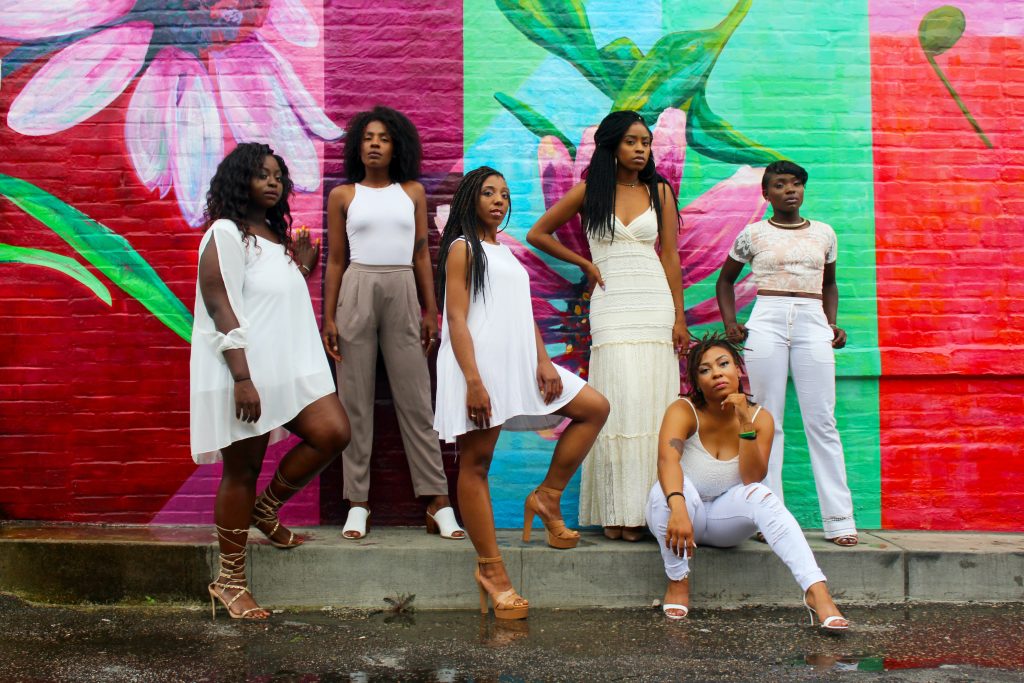
Growing up in a predominantly white suburb of Birmingham, surrounded by my white, middle-class family, I’d never been particularly concerned with matters of skin tone. I have a sharp, slim nose, inherited from my mother, as well as her eyes, lips, teeth, chin, cheeks, ears and pretty much everything other than my forehead, caramel skin and hair. I love that I never have to tan, I adore the shape of my bum and my natural ability to sprint, but my hair is something which always troubled me.
I was always afraid to wear my hair in its natural curls. Because I’d never been taught how to care for Black hair; it was an unruly mess of fuzz which I scraped into a pineapple to keep out of my face. It was a choice between having an untamed mass of curls or straightening it the best I could. I attempted to do the latter, straightening my poor hair every single day, to the point that it started falling out.
For the first two years of my secondary education I attended a comprehensive school, full of people of all colours, sizes, religions and genders. However, upon being offered a generous scholarship and bursary to a local independent school, I traded diversity for whiteness. There were only a handful of people of colour in my year group, and only two of us were Afro Caribbean. When I moved up into sixth form, I was joined by three more people with ethnicities akin to mine, and two of whom wore their hair naturally. After purposefully dodging the stereotype that the Black people in the year group would date each other, I ended up in a short-term relationship with one of the new boys. He told me that the way I straightened my hair made him sad. I wasn’t meaning to iron out my heritage, I just thought I looked pretty. However, at the prospect of being desired a little bit more, I turned up at school the next day with my curls bouncing around my shoulders.
Sure enough, I was met with “wooooahs” and “woowwwws” and an irritating number of “awwwwws”. I don’t have enough digits to count how many times a pair of unannounced hands fondled my tight ringlets, and I can’t recall how frequently I heard the words, “you look better with an afro!”. I thought they looked better with their mouths shut…
Then there’s the other end of the spectrum; the case of the employee being asked to tie their hair back or straighten their mane to avoid appearing too “unprofessional”. This isn’t a case of dying our hair blue and orange with an animal print pattern, gelling it straight upwards and then shaving expletives into our heads, this is just how it is when we get out of the shower. One of the easiest, oldest and most protective styles for people of colour is for us to wear our hair in braids. The hair is tied back, out of our face and affecting absolutely nobody other than our poor hairdresser who’s hunched over our hair for five hours. However, this is also deemed inappropriate. Why? Because it’s deemed as being too Black for comfort.
The thing that people without this much melanin often fail to realise, is that making such a huge deal of something which is entirely natural to us is setting racial equality back by around eighty years. It’s rare for someone to excitedly run up to somebody with straight brown hair, stroking it and commenting, “wow!”, over and over again. In an office made up of primarily people of colour, a white person would never be told to get a perm to fit with the aesthetic. I’m sure that white people were fascinated by the skin tone of the first person of colour who was brought over to the UK, but that was over 2000 years ago. Surely, it’s time that we stopped with these chronic overreactions to a few curls?
